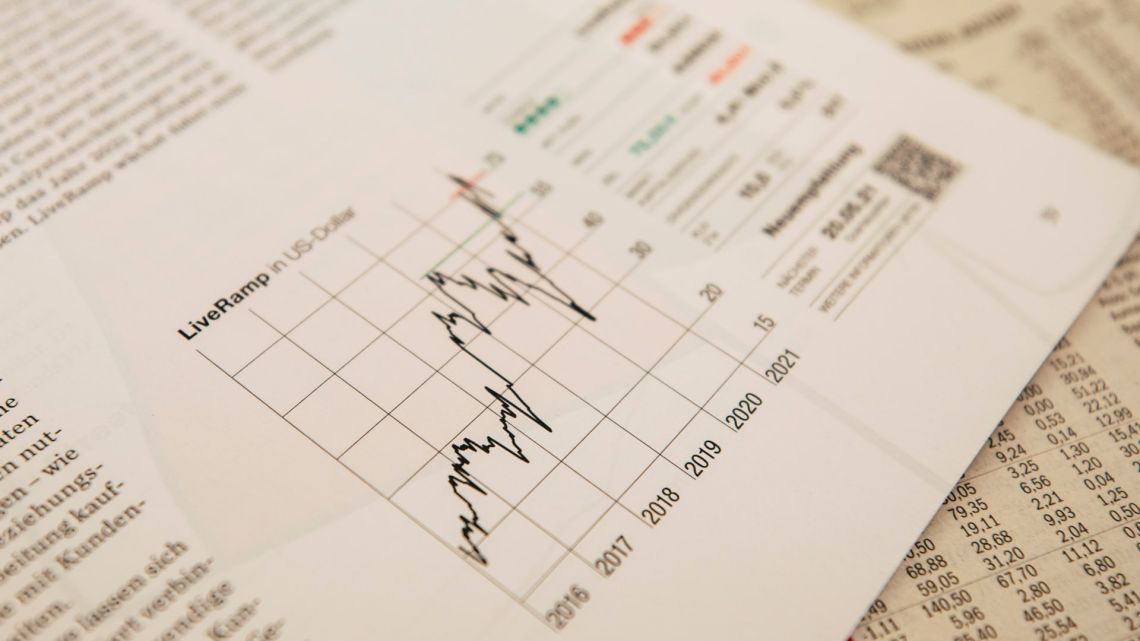
According to the Food and Agriculture Organization of the United Nations (UN FAO), food prices experienced a slight decrease in October. The fall was primarily driven by declines in prices for grains, vegetable oils, and meats. The UN FAO's food price index, which monitors global prices for staple foods, recorded an average of 120.6 points in October, reflecting a 0.5% or 0.7-point reduction compared to the previous month. These prices now stand approximately 11% lower than they were a year ago, indicating a continued downward trend.
Cereal Prices
The FAO reported that cereal prices decreased by 1% from September, resulting in an 18% decline compared to the previous year. This decrease can be attributed to increased wheat exports from the U.S. and lower demand for rice.
Sugar Prices
Sugar prices saw a 2.2% decline from the previous month, following a significant increase since August due to supply concerns from Asia. Despite this decrease, sugar prices remain 47% higher compared to last year. The FAO noted that strong production in Brazil was offset by a weak Brazilian real against the U.S. dollar, influencing world sugar quotations. Delays in shipment from Brazil, coupled with a tighter global supply outlook, continue to support prices.
Vegetable Oils
Prices for vegetable oils also experienced a decrease of 0.7% compared to the previous month, making it the third consecutive monthly decline. Overall, prices are now 21% lower than they were a year ago, mainly due to lower quotations for palm oil.
Meat Prices
Meat prices witnessed a decline of 0.6% in October, marking the fourth consecutive month of decreasing prices. However, meat prices are only 3.4% lower than they were a year ago. The decline in meat prices was primarily driven by lower pork prices, even though prices for poultry, beef, and sheep increased.
Dairy Prices
After nine consecutive months of falling prices, dairy prices rose by 2.2% in October. These prices now stand 20% lower compared to the previous year.













Write Your Comment